WHAT IS NON-FICTION?
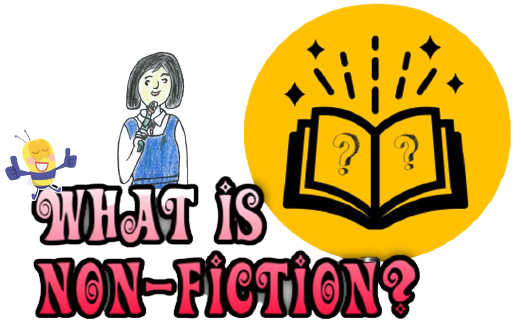 |
Non-fiction refers to 'books, articles or texts about real facts, people and events'. (Oxford Learner's Dictionaries) Unlike fiction, non-fiction books are based on real world experiences and provide reader with information, facts, and ideas. |
SOME EXAMPLES OF NON-FICTION
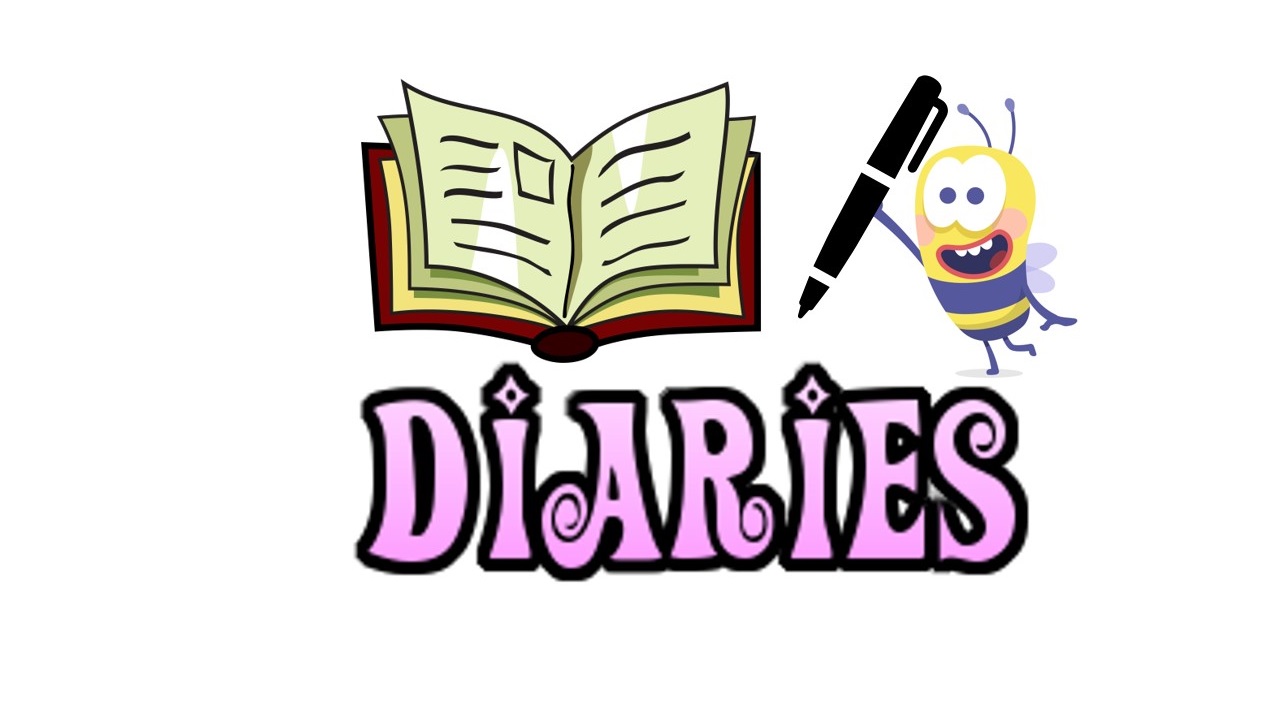 |
 |
 |
 |
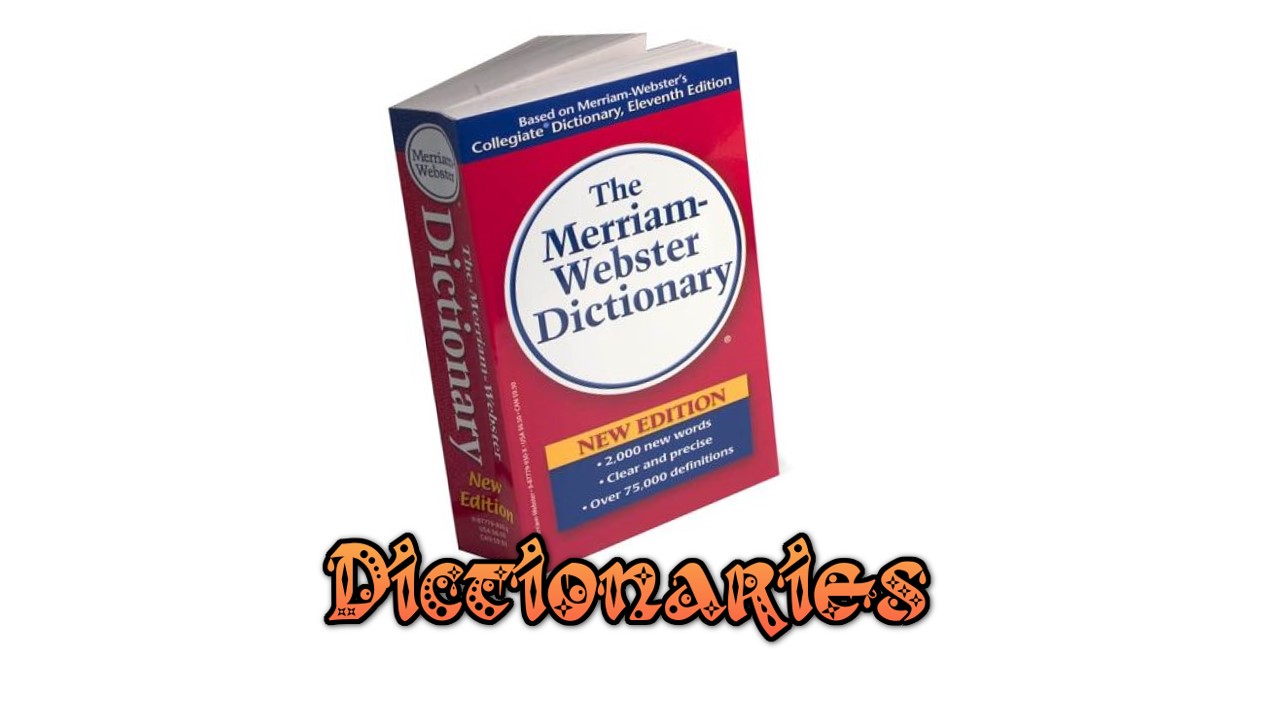 |
 |
WHY READ NON-FICTION?
Non-fiction books can be very interesting because they present real information about people, places, or events in an engaging way. Reading about the experiences of others and the true information about the world is not only fascinating but it can teach you valuable life lessons.
There are several benefits from reading non-fiction books.
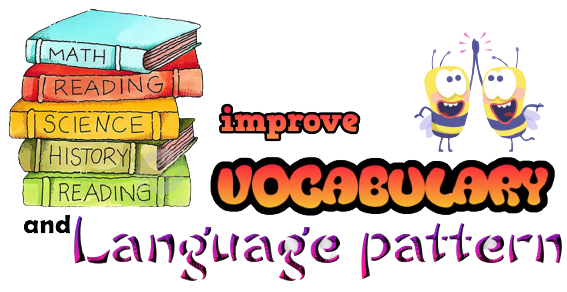 |
1. Non-fiction helps improve vocabulary and language patternsNonfiction often introduces a lot of new words that are less common in speech. Also, it uses technical language linked to the subject that you are reading. These vocabulary and language patterns will become useful when you encounter the informational texts or the more formal writing at school and beyond. |
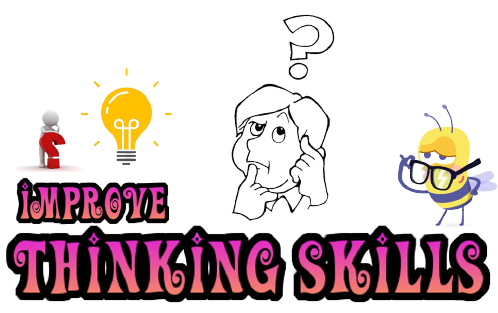 |
2. Non-fiction helps improve higher order skillsReading nonfiction is an exercise for you brain. It engages your mind and expands your thought-process. Therefore, it develops your thinking skills such as critical thinking, and analytical skills as well as ability to understand the complex texts. |
 |
3. Non-fiction helps develop knowledge of your environment and societyBy exposing yourself to more nonfiction, you will gain better understanding of the real lives of the people, the true picture of the surroundings, and the world. |
HOW TO READ NON-FICTION?
Reading nonfiction is quite different from reading fiction. It can be challenging, but at the same time, it can be exciting and spark a lot of learning. To help you read non-fiction texts successfully, it is useful to understand some common features that are not a part of most fiction books and build skills specifically for reading nonfiction texts. Also, it is useful to note that you do not necessarily read from cover to cover when you search for certain information in a non-fiction book. Instead, look through the topics in the table of contents or index and jump right to the information you are most interested in.
Some common features in nonfiction books are:
The followings are strategies that can help you read nonfiction texts successfully.
- Preview and predict. Non-fiction texts often contain full of information. Therefore, before you actually start reading, it is helpful to preview and predict the text features such as title, headings, and how the text is organized.
- Recognise text structure or organization. Your reading will be much easier when you can identify how a text is structured. For examples, a text can be organised by comparing and contrasting two ideas, or by following chronological order.
- Identify key concepts. This is a way of approaching the text carefully by finding out the main idea, and the support elements. Noticing the explanation and/or examples given to support the main idea is also helpful to understand the text better.
- Monitor comprehension. Keeping track of your understanding is important when you are reading. You can use strategies such as stopping at certain points and checking your comprehension of what you are reading.
- Summarise the text.This is the strategy to engage your mind by identifying the most important information and summarising it in your own words.
Last updated on 21 July, 2021



